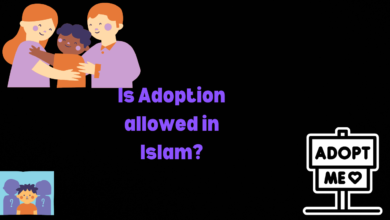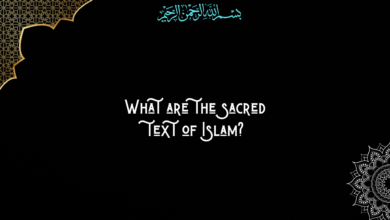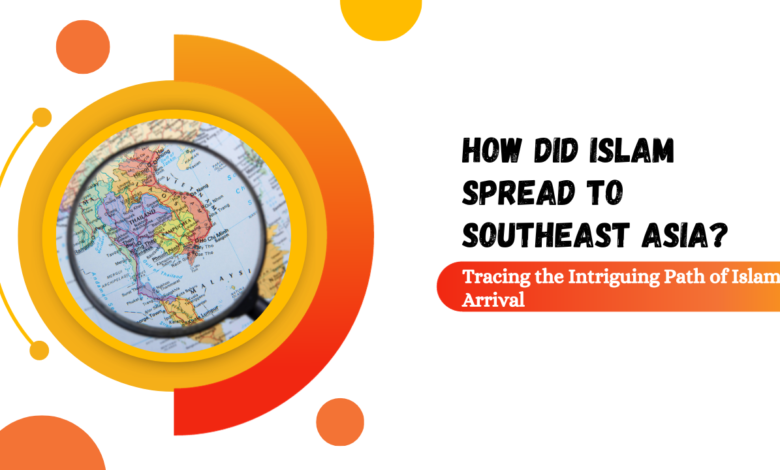
How did Islam spread to Southeast Asia?
Islam first arrived in Southeast Asia through trade routes and interactions with Muslim traders from the Arabian Peninsula and India. These traders brought Islam to the region through peaceful interactions and cultural exchanges.
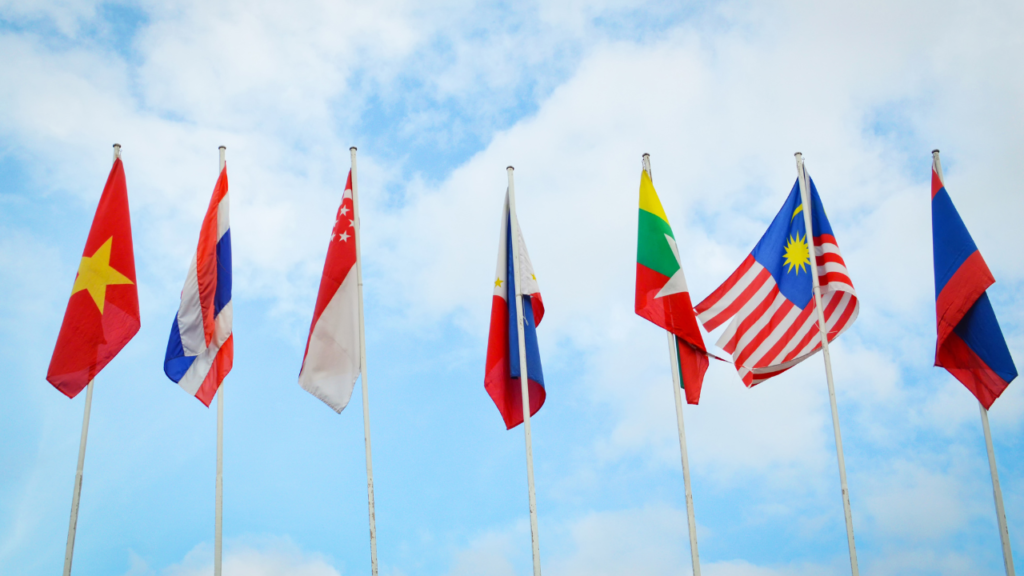
Introduction
The spread of Islam to Southeast Asia is a remarkable chapter in the history of the Islamic world. It is a story of cultural exchange, trade, and religious diffusion that unfolded over several centuries, leading to the establishment of Islam as a significant and enduring presence in the region. This article explores the fascinating journey of how Islam spread to Southeast Asia.
Early Contacts and Traders
The initial contact between Islam and Southeast Asia can be traced back to the 7th century when Arab traders ventured into the Southeast Asian archipelago. These traders came in pursuit of spices, precious metals, and other valuable commodities. While they primarily engaged in commercial activities, their presence allowed for the gradual introduction of Islamic ideas and practices to the local populations.
It is essential to note that the early spread of Islam in Southeast Asia was relatively peaceful and non-coercive. Islam was not imposed upon the local people but was rather adopted through interactions and intermarriages between the Arab traders and the indigenous communities.
Indian Influence and Islamic Scholars
Another significant factor contributing to the spread of Islam in Southeast Asia was the influence of Indian traders and scholars. Indian merchants played a crucial role in facilitating trade routes and cultural exchanges between the Indian subcontinent and Southeast Asia. As a result, Islam, which had already made inroads into India, continued to spread to Southeast Asia through these connections.
Islamic scholars and Sufi mystics also played a vital role in the dissemination of Islamic teachings. They established Islamic schools and Sufi orders in various parts of Southeast Asia, attracting followers through their spiritual teachings and social services. These scholars and mystics contributed to the gradual conversion of local rulers and elites to Islam.
The Role of Maritime Trade
Maritime trade played a pivotal role in the spread of Islam to Southeast Asia. The region’s strategic location along major trade routes, such as the Silk Road and the Spice Route, made it a melting pot of cultures and religions. Muslim merchants and sailors were instrumental in introducing Islam to the coastal communities of Southeast Asia.
The development of port cities, such as Malacca (in modern-day Malaysia) and Aceh (in modern-day Indonesia), as thriving centers of trade and culture, further facilitated the spread of Islam. These cities attracted traders, scholars, and travelers from various parts of the Islamic world, contributing to the rich tapestry of Islamic influence in the region.
Also Check
- Do Islam believe in evolution?
- Charity As Taught By Quran And Prophet Muhammad (PBUH)
- Who is Abraham in Islam?
- What is the Islam Bible called?
- What is the punishment for adultery in Islam?
- What conditions were laid between the Muslims and the infidels on the occasion of peace at Hudaybiyah?
Royal Patronage and Conversion
The conversion of local rulers played a crucial role in the widespread adoption of Islam in Southeast Asia. As rulers embraced Islam, they often encouraged their subjects to do the same, either through peaceful persuasion or, occasionally, through more forceful means. These conversions resulted in the establishment of Islamic kingdoms and sultanates, which became important centers for the promotion and preservation of Islamic culture and religion.
The Spread of Islam Across the Archipelago
Over time, Islam spread from the coastal regions to the interior of the Southeast Asian archipelago. This diffusion was not uniform, and different regions adopted Islam at varying paces. In some areas, Islam peacefully coexisted with existing belief systems and cultures, giving rise to unique syncretic forms of Islam. In others, it became the dominant faith, profoundly influencing the social, political, and cultural landscape.
Conclusion
The spread of Islam to Southeast Asia is a testament to the enduring power of peaceful cultural exchanges, trade, and scholarly pursuits. Over the centuries, Islam became deeply ingrained in the fabric of Southeast Asian societies, influencing art, architecture, language, and governance. Today, the region is home to a diverse and vibrant Muslim community, living in harmony with other religious groups. The history of Islam in Southeast Asia is a testament to the rich tapestry of human civilization, shaped by the interplay of faith, culture, and commerce.
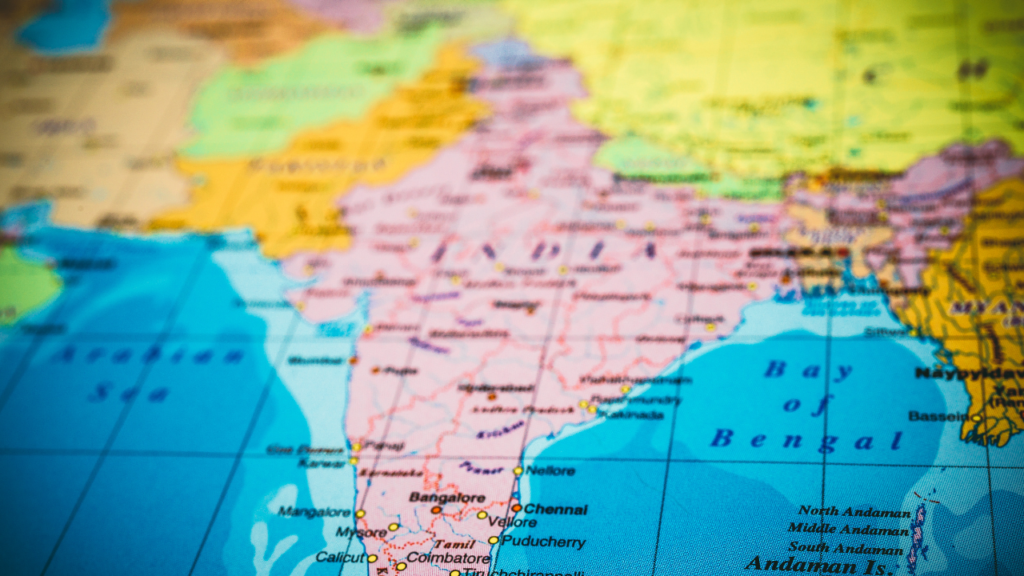
FAQs About How Islam Spread to Southeast Asia
How did Islam initially reach Southeast Asia?
Islam first arrived in Southeast Asia through trade routes and interactions with Muslim traders from the Arabian Peninsula and India. These traders brought Islam to the region through peaceful interactions and cultural exchanges.
When did Islam first arrive in Southeast Asia?
The exact timeline varies by region, but Islam began to spread to Southeast Asia as early as the 7th century CE, with significant growth occurring from the 13th to 16th centuries.
Which countries in Southeast Asia were among the earliest to adopt Islam?
Some of the earliest Southeast Asian nations to embrace Islam include Indonesia, Malaysia, and parts of the southern Philippines.
Were there any political or military conquests associated with the spread of Islam in Southeast Asia?
While there were instances of political and military conquests that contributed to the spread of Islam, much of the conversion in Southeast Asia was peaceful and occurred through trade and cultural interactions.
What role did Muslim merchants and traders play in spreading Islam to Southeast Asia?
Muslim traders and merchants played a significant role in introducing Islam to Southeast Asia. They established trading posts and settlements along trade routes, where they interacted with local populations and introduced Islamic beliefs and practices.
How did the local populations in Southeast Asia react to the arrival of Islam?
Local populations in Southeast Asia had diverse reactions to Islam. Some embraced it willingly due to its appeal, while others adopted it gradually through cultural assimilation and intermarriage with Muslim communities.
Were there any indigenous belief systems that coexisted with Islam in Southeast Asia?
Yes, many regions in Southeast Asia had indigenous belief systems that coexisted with Islam. This led to the development of syncretic forms of Islam that incorporated elements of local customs and traditions.
What were the main factors that facilitated the spread of Islam in Southeast Asia?
Factors such as trade networks, the appeal of Islamic teachings, the influence of Muslim merchants, and the accommodation of local customs all contributed to the spread of Islam in Southeast Asia.
Did the spread of Islam in Southeast Asia vary from one region to another?
Yes, the spread of Islam varied from region to region within Southeast Asia. Some areas adopted Islam more rapidly and extensively than others, and the degree of syncretism with local cultures also varied.
How has the presence of Islam influenced the culture and society of Southeast Asia?
Islam has had a profound impact on the culture, architecture, language, and social norms of Southeast Asia. It has also played a significant role in shaping the region’s history, politics, and religious diversity.
